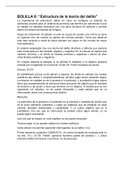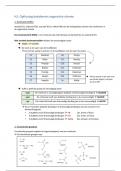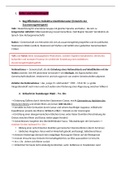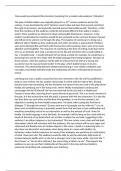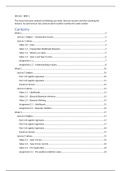Summary
Summary Adenauer's Foreign Policy
- Institution
- OCR
Summary of Adenauer's foreign policy including: how successful was it / Petersberg agreement / ECSC / EEC / other economic agencies / policy of integration with the west / relations with the GDR + USSR / the 'Stalin Notes' / The Hallstein Doctrine
[Show more]






